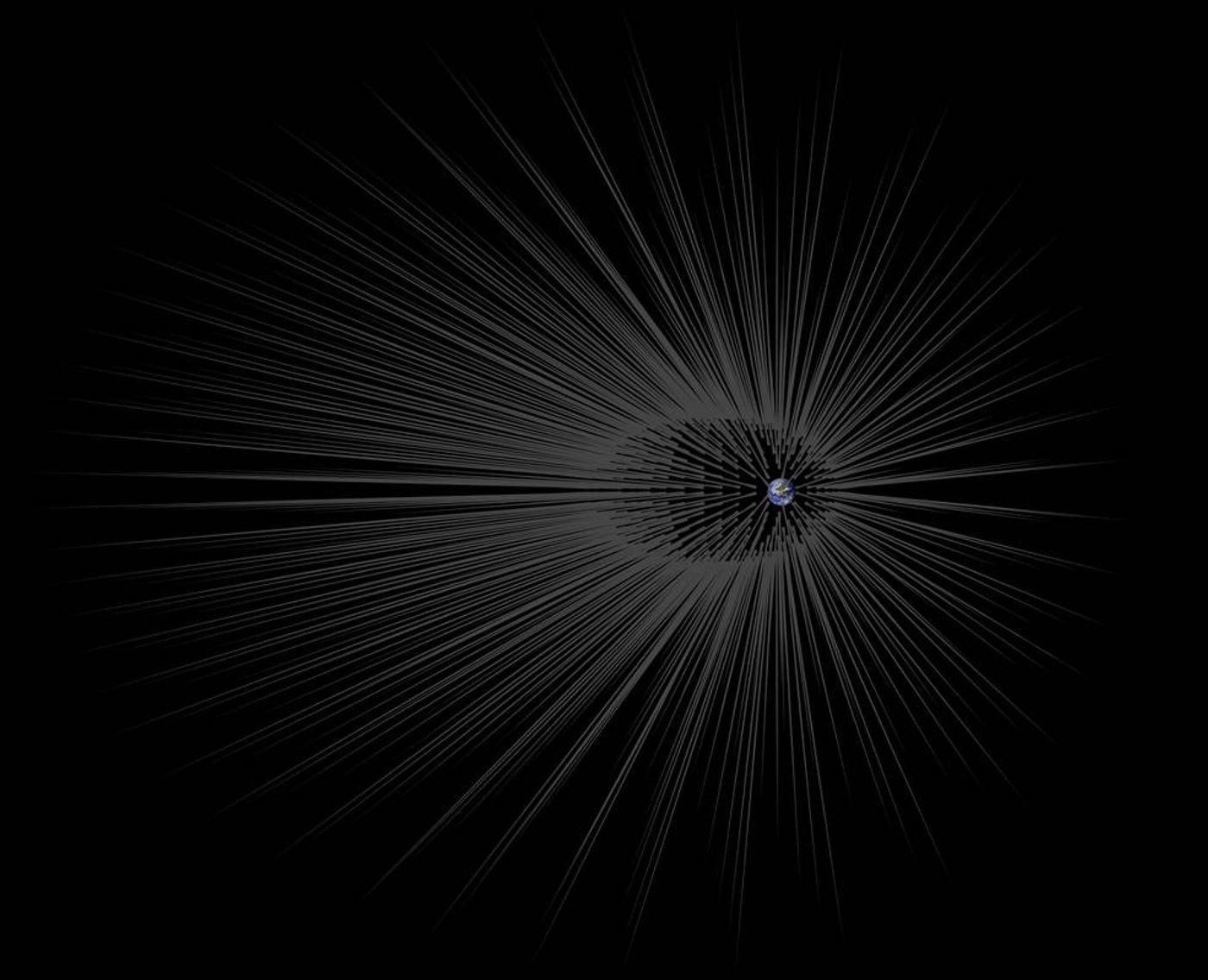Dark Matter Gets New Light
Physicists at New York University have created a method for predicting the composition of dark matter—the long-known but equally long-mysterious invisible substance that can only be detected by its pull on ordinary matter. The recent study was published in the journal Physical Review Letters, and notes that it centers on predicting “cosmological signatures” for models of dark matter. While previous methods have only been able to predict similar signatures for simpler forms of dark matter, this new study uses more complex models to find these signatures, which the author’s note their experiments continues to search for.
"Experiments that search for dark matter are not the only way to learn more about this mysterious type of matter," says Cara Giovanetti, a Ph.D. student in New York University's Department of Physics and the lead author of the study. "Precision measurements of different parameters of the universe -- for example, the amount of helium in the universe, or the temperatures of different particles in the early universe -- can also teach us a lot about dark matter."
For the study, the researchers used the presence of certain forms of matter to predict the cosmological signatures, which are the result of dark matter altering the speed of the expansion of the universe or changing the temperatures of different particles. The study’s results show that dark matter whose weight is too light different number of light elements that what is observed by astronomers.
"Lighter forms of dark matter might make the universe expand so fast that these elements don't have a chance to form," says Giovanetti. "We learn from our analysis that some models of dark matter can't have a mass that's too small, otherwise the universe would look different from the one we observe.”
In a nutshell, dark matter is a substance that fills about 80% of the universe. Its existence is only known based on the behavior of stars planets, and galaxies, and while invisible, dark matter is somehow the only plausible explanation for why the universe behaves the way it does. Since dark matter is invisible, it can’t be detected through conventional methods such as sensors and detected.
Sources: Physical Review Letters, Space.com
As always, keep doing science & keep looking up!









